I just don’t like your preset, and I like even less that you are trying to sell it as ‘objectively superior’, ugly and unrealistic as I find it.
You seem to not understand what I mean by “objectively superior.” I’m talking about qualities that can be measured. I’m not arguing that my opinion is superior because that would be completely fruitless. I think you’re just completely misreading the entire situation based upon this one misunderstanding.
Only if “objective quality” means prioritizing ugly black bars over beautiful pixel art.
Again, there is such a thing as objective quality and signal fidelity, and when video professionals are using these terms they are referring to the same thing, which has a single definition they can point to. We continue to talk past each other because if this.
Yes they did 2 and I’m obviously not talking about how games were made, but how they were released and meant to be played by their makers, and that’s on an arcade monitor, not a video/broadcast one. Please note how I don’t use the word ‘professional’ to make a distinction between the two. They are both professional. Different professions though.
I’m not sure what that link is meant to prove. I think you’re also really underestimating just how sharp anarcade monitor could be in person when well maintained and well calibrated. Furthermore, (repeating myself), I think it’s very likely that developers would design the graphics to look as good as possible using the highest quality signal available on the console, because they were competing with each other over the quality of the graphics and this was a big part of the console wars. Even when it’s clear that composite artifacts influenced the design of the pixel art, it’s not obviously clear that composite is superior to RGB; it’s still a trade-off.
Haha yeah sure whatever. I can only really understand the images you provide, you see? Magical viewing distances, cd/m2 values and all those other things that your preset requires to look alright aren’t something that my imagination can implement accurately.
And what I have been telling you repeatedly throughout this discussion is that you can’t get an accurate idea of what one person’s display looks like by looking at screenshots on your own display, whether they are direct capture or through a camera. Photos can only give us a very rough idea of what things look like in person, and can be misleading. A photo or video does not give you an accurate idea, it just provides more fuel for baseless criticisms. My cell phone camera is simply not up to the task. And a lot of the “great photos of CRTs” are actually very misleading for the reasons which I mentioned earlier. CRTs look vastly different depending on viewing distance because of the way they emit light. In fact, good photos of CRTs are rare, and it is very difficult to get a good photo of a CRT in terms of capturing what is actually going on when seen in person. The ONLY way to get an accurate idea is to see the display in person, or to follow the method I used to arrive at these particular settings. Particular settings are going to vary based on the display being used. I think I mentioned earlier that my display is on the brighter end of LED-lit LCDs, but it’s by no means the brightest out there.
The reason I keep mentioning the cd/m2 value is because it is objective. It provides you what a photo cannot. A peak brightness of 175 cd/m2 is roughly equivalent to a typical CRT, and 200 cd/m2 is almost too bright in a dark room. In other words, my display is matching or exceeding the objective brightness of a CRT.
Since we’re just going in circles with this, I propose that it’s only going to be useful for us to discuss methods rather than specific examples. I’ve asked a couple times for you to provide shots using test image patterns from Fudoh’s 240p display, then I can see what’s going on with your settings, objectively. I’m almost certain that there is too much contrast in your images, again objectively and not as a matter of opinion. Of course, seeing those images on *my * display will only reveal if those settings are accurate on my display. I still won’t know exactly what your display looks like, especially if there are differences with how our displays are calibrated.
As far as opinions go, we’ve exhausted the subject. Everyone is well aware of what our preferences are, and there is no point in discussing them further.

 And sure, I can be more politically correct. Also I think this new one should actually start with an earlier post, this one
And sure, I can be more politically correct. Also I think this new one should actually start with an earlier post, this one
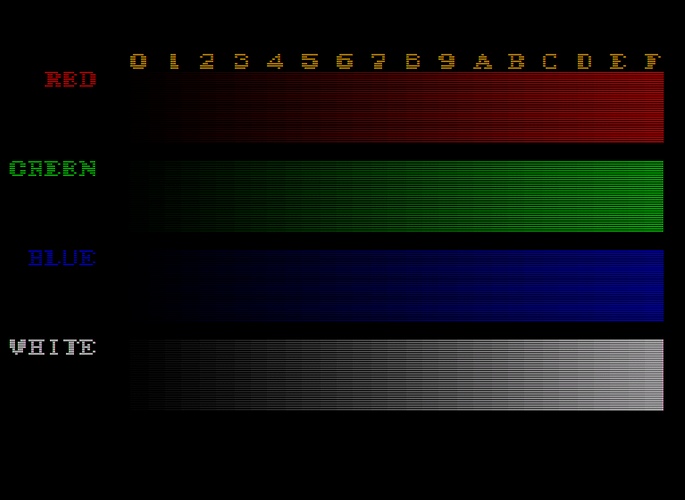
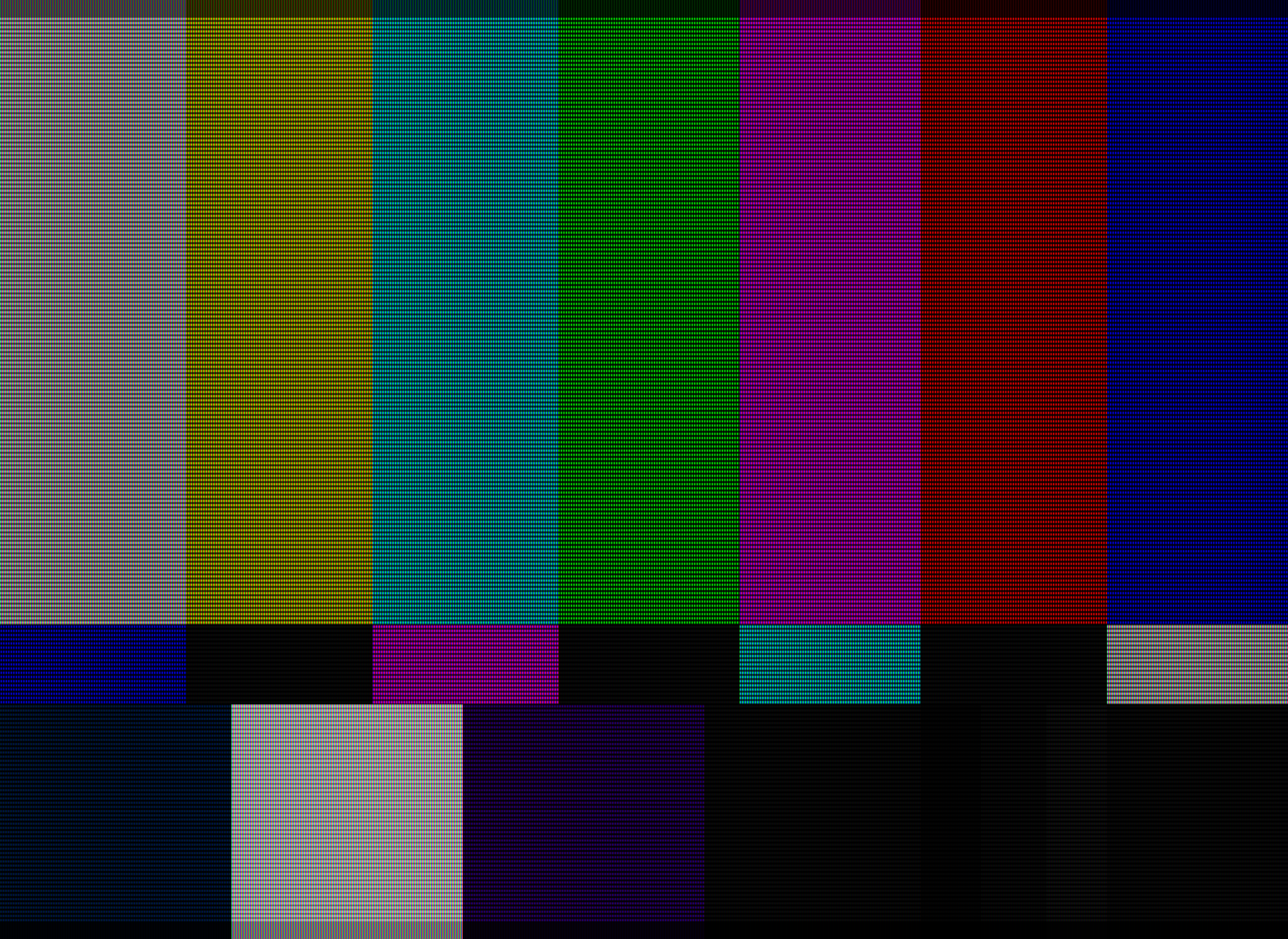
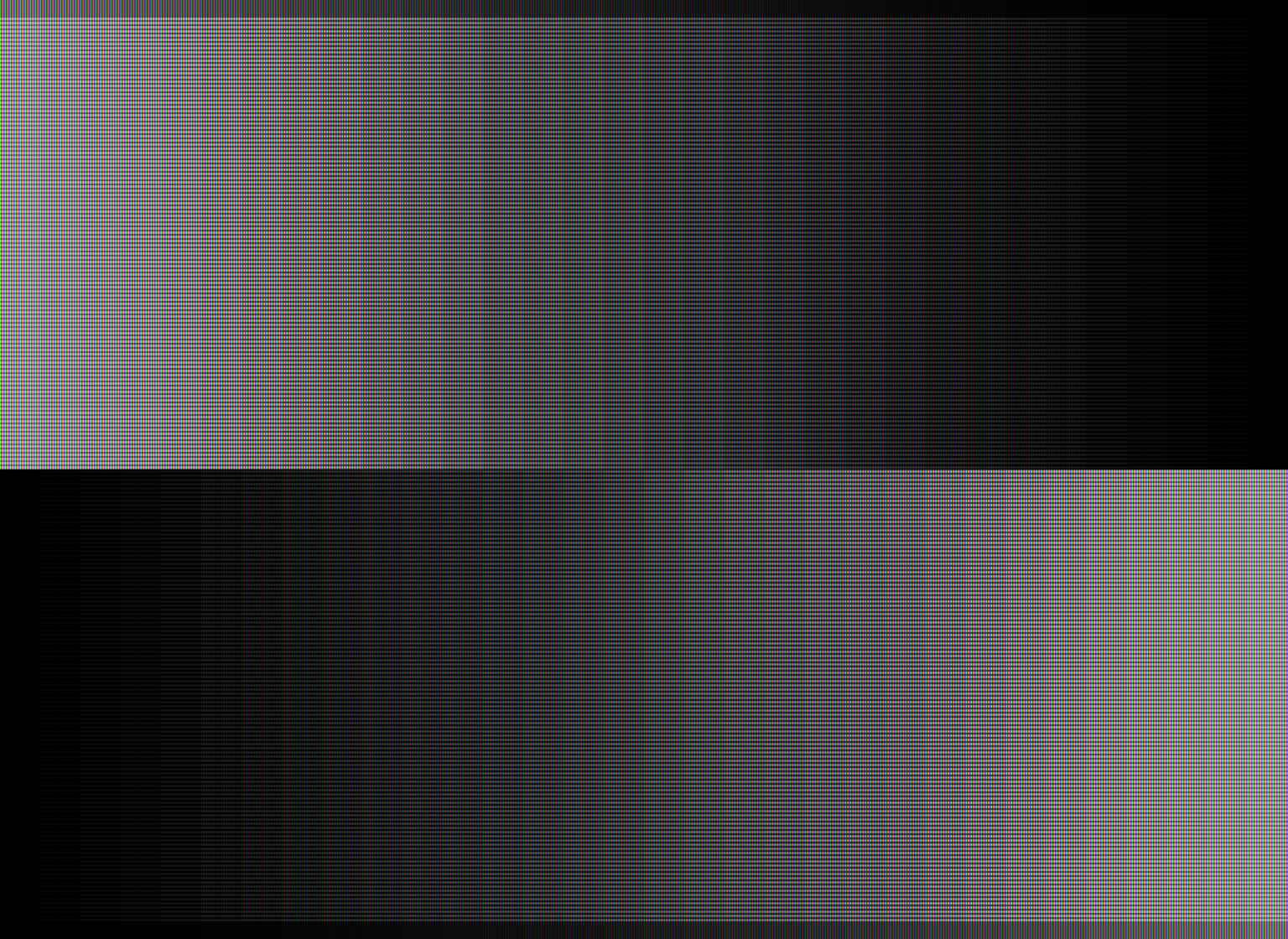

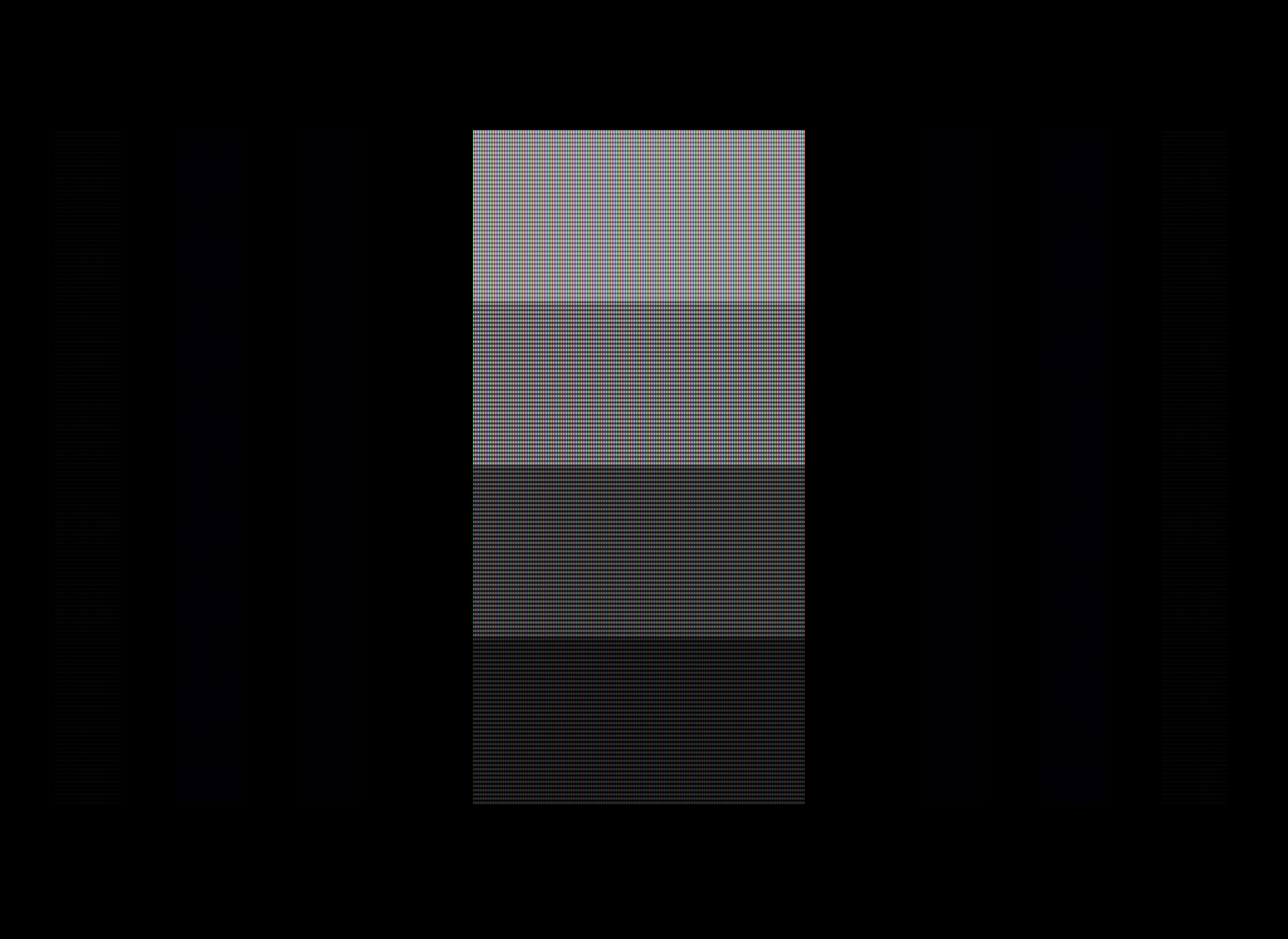
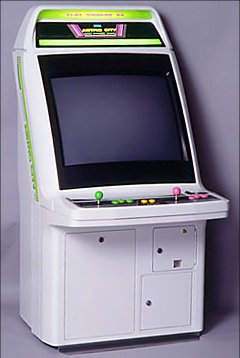

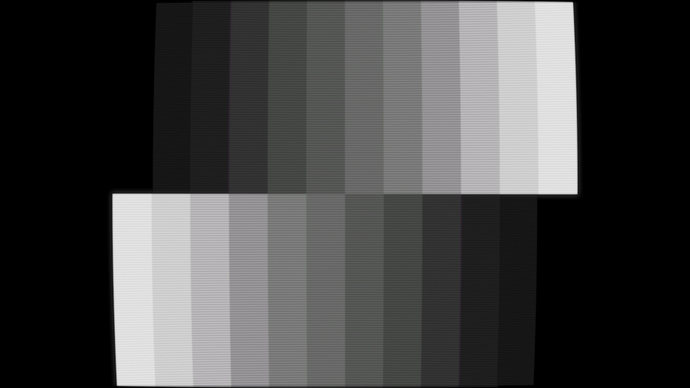

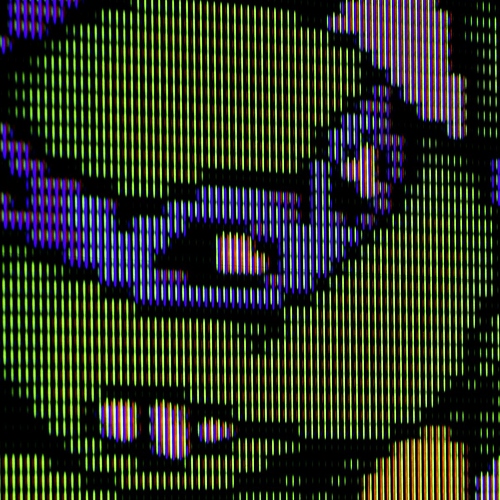

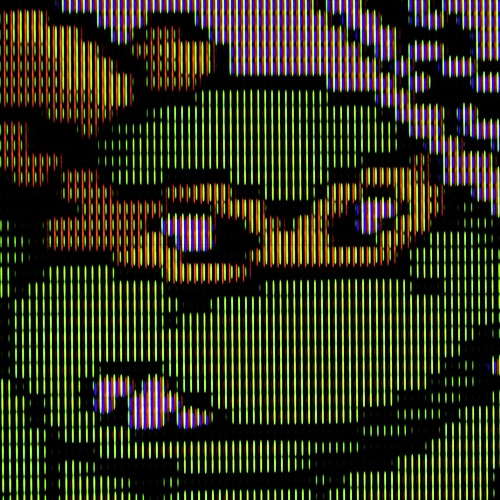
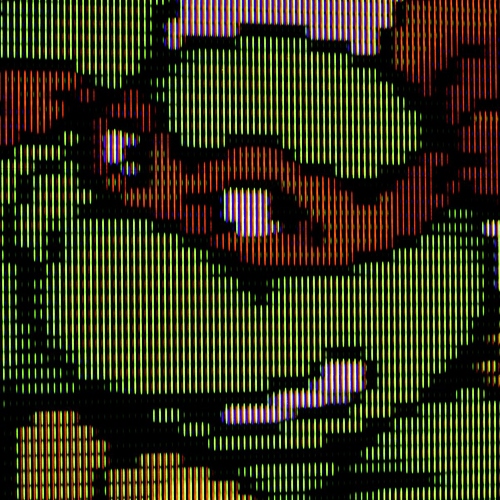
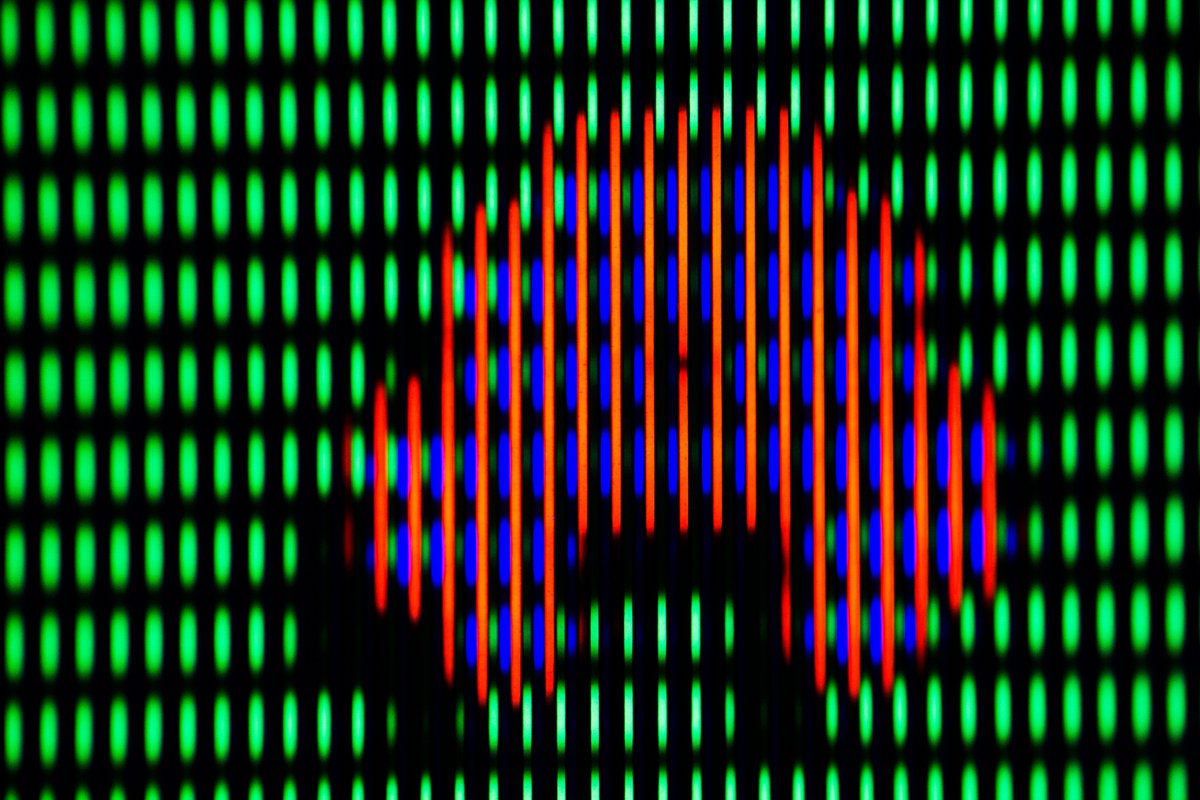
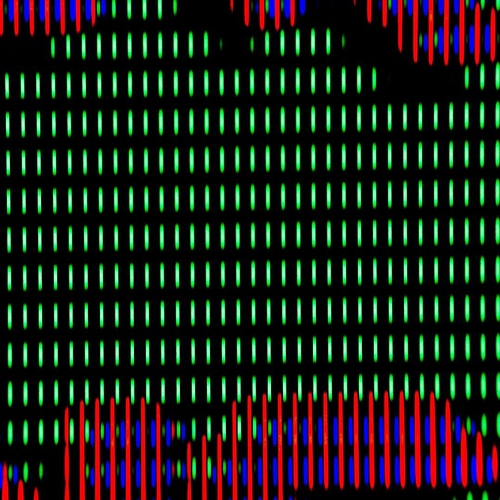
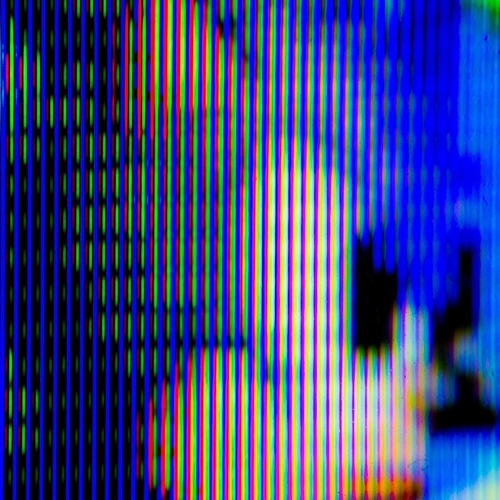
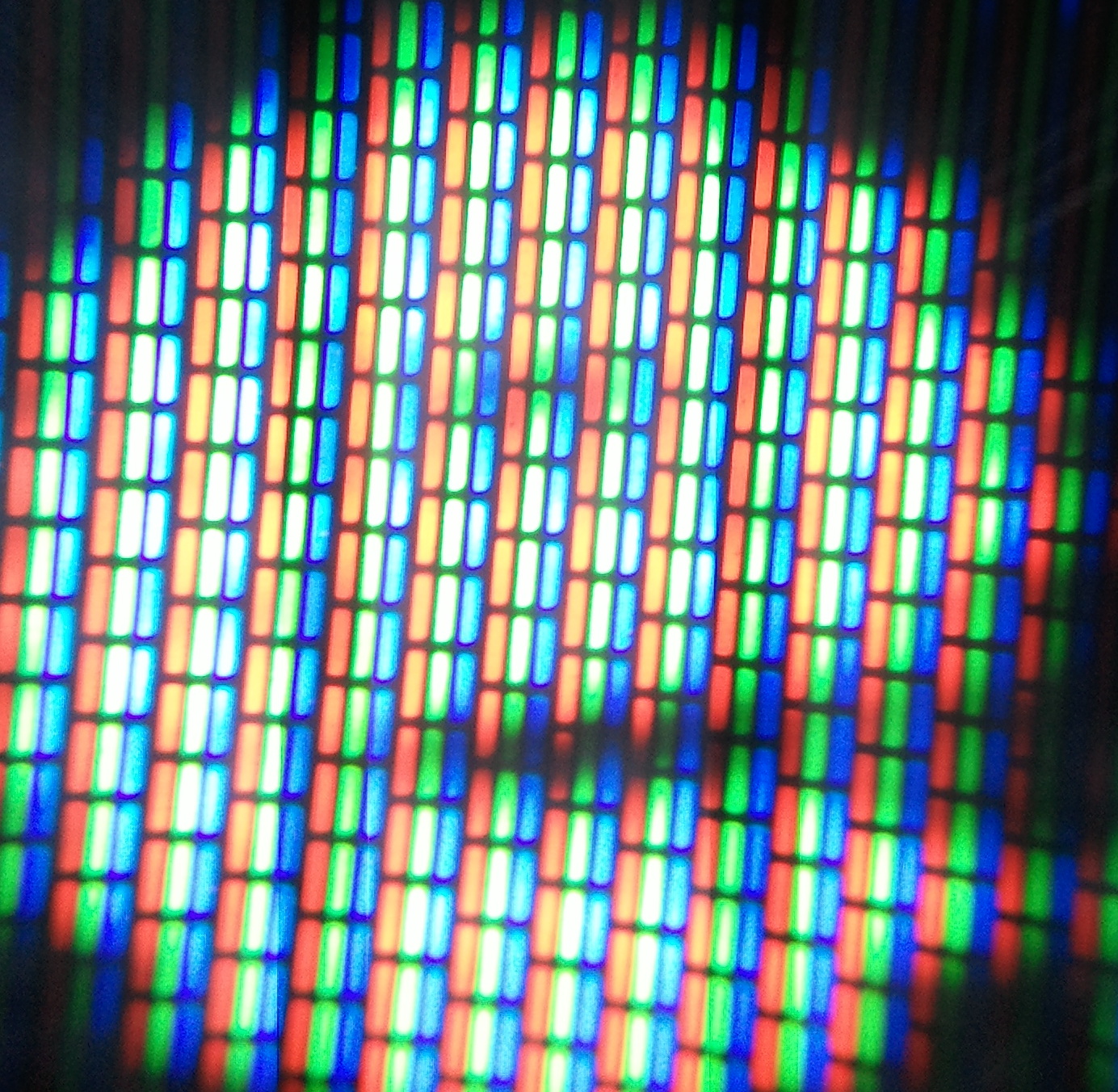


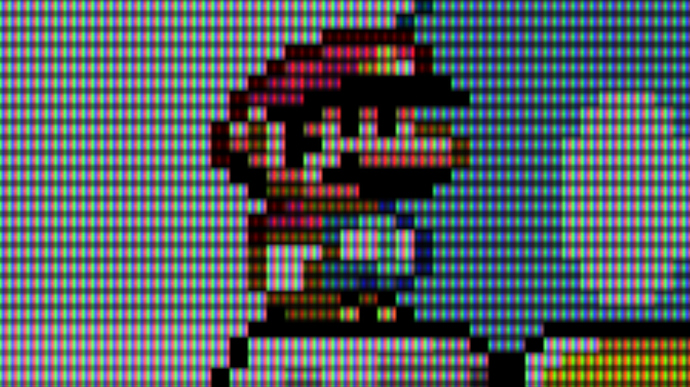
 ).
). “You must defeat Sheng Long to stand a chance”
“You must defeat Sheng Long to stand a chance” 